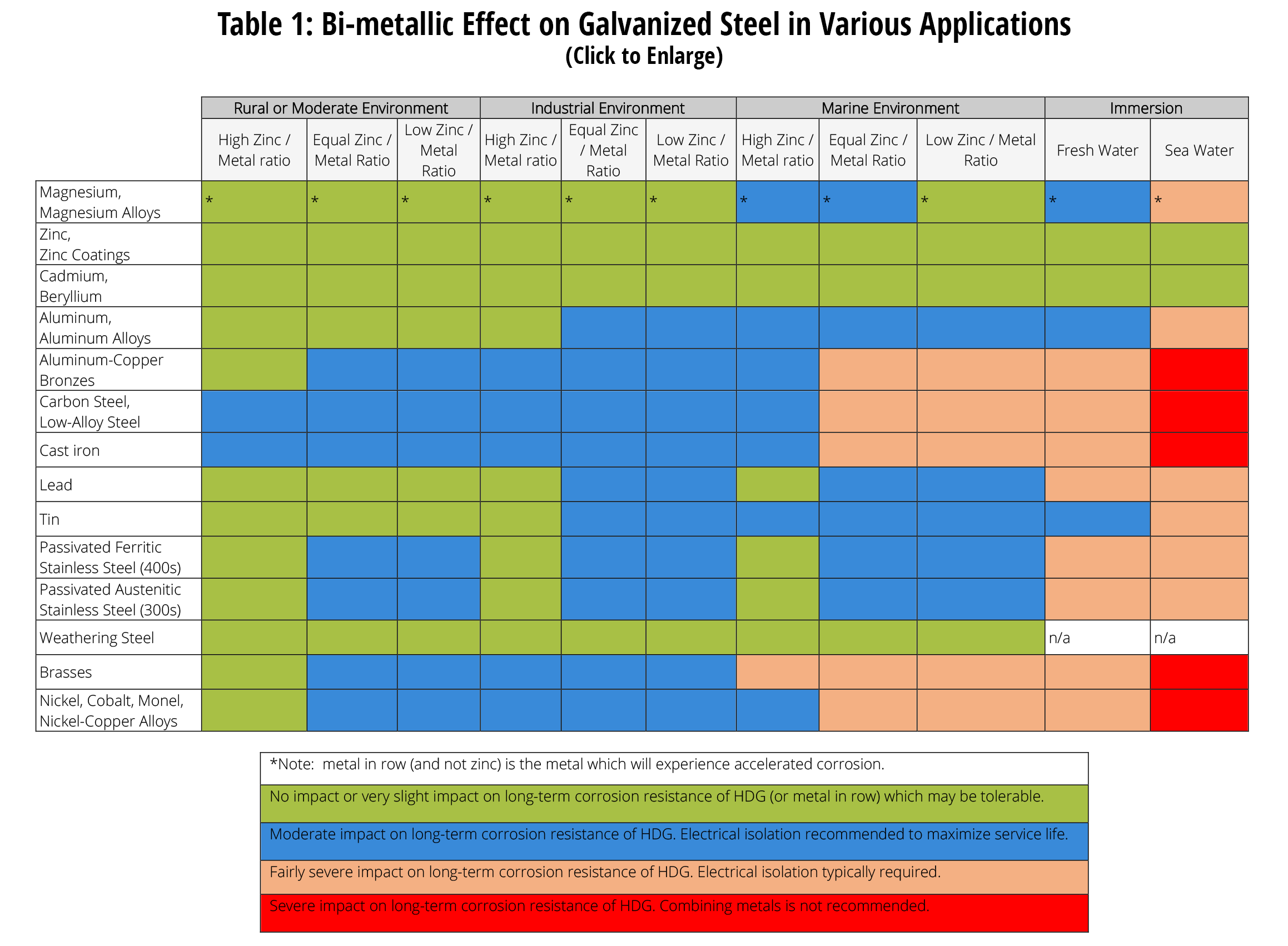This can create environmental hazards within the manufacturing plant and within the community.
Galvanized metal sheets manufacturing environmental impact.
Large amounts of resources and energy are used in galvanized sheet production which likewise generates vast amounts of pollutant emissions.
Corrosion also known as rust is a natural process that occurs when steel is exposed to the environment.
Galvalume has two to four times the corrosion resistance of galvanized steel even in harsh environments.
The corrosion behavior of the galvanized coating in various atmospheric environments is influenced by many factors such as prevailing wind direction type and density of corrosive fumes and pollutants amount of sea spray number of wetting and drying cycles and the duration of exposure to moisture.
Greenhouse gas emissions from steel production.
These chemicals are often toxic so they are hard to work with and difficult to dispose of.
Every year steel corrosion costs the economy around 2 2 million 1.
Hot dip galvanized hdg steel has a number of environmental advantages that minimize the impact to the environment over the life of the project.
Galvanized sheet is the most widely used coated steel plate globally in the industry of construction automobile electronics manufacturing etc.
In the face of the rapid growth of the production and demand of galvanized sheet in china it is very important to find out the key factors of the environment impact in the production of galvanized sheet.
Tons of co2 emitted into the atmosphere.
Galvalume substrates are coated with an alloy of zinc plus aluminum.
It can be slowed however with a protection technique called galvanizing which is the coating of steel with a layer of zinc to slow the corrosion process.
Metal is a common material for rainwater harvesting practices because when galvanized it resists mold and rust.
When properly installed these panels will shed rain and eliminate ponding water.
Dangerous chemicals the process to fabricate sheet metal uses different solvents surface treatments cutting agents and more.
On average 1 83 tons of co2 is emitted for every ton of steel produced making steel production a major contributor to global warming adding over 3 3 million tons annually to global emissions.




























